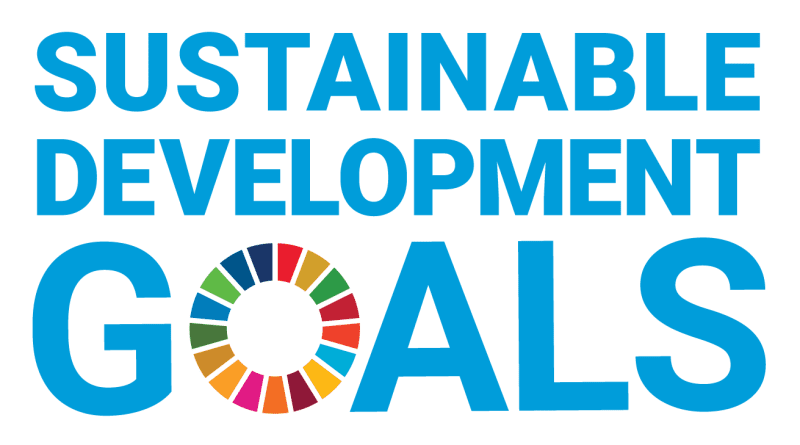Sustainable Development Goals and India: Where We Stand at the Decade’s Midpoint
When world leaders adopted the Sustainable Development Goals (SDGs) in 2015, the vision was simple yet ambitious: create a fairer, healthier, more equitable world by 2030. Now, at the decade’s midpoint, India stands at a critical moment.
Home to nearly one-sixth of the world’s population, India’s progress on the SDGs doesn’t just shape our country’s future — it shapes the world’s. And while the Government, private sector, and global institutions have roles to play, grassroots NGOs continue to be the driving force behind real change on the ground.
India and the SDGs: How Far Have We Come?
India has made visible progress across several Sustainable Development Goals, especially in areas like:
- SDG 4: Quality Education – higher school enrolment, digital learning initiatives, and increased focus on early childhood development.
- SDG 6: Clean Water & Sanitation – improved toilet coverage and access to safe drinking water in many rural regions.
- SDG 7: Affordable & Clean Energy – rapid expansion of renewable energy capacity and clean cooking fuel.
- SDG 9: Industry, Innovation & Infrastructure – better connectivity, digital access, and rural infrastructure.
However, the COVID-19 pandemic, climate change pressures, and widening inequalities have slowed progress in:
- SDG 1 (No Poverty)
- SDG 2 (Zero Hunger)
- SDG 3 (Good Health & Well-Being)
- SDG 5 (Gender Equality)
- SDG 10 (Reduced Inequalities)
As India moves into the second half of the SDG decade, the need for strong, community-driven development is more urgent than ever.
Why Grassroots Work Matters Now More Than Ever
National and state policies set the direction, but it’s at the grassroots where impact truly unfolds. This is where grassroots NGOs play their most powerful role.
- Reaching Last-Mile Communities: NGOs working at the village or urban slum level bridge gaps that large systems struggle to address — from nutrition support to digital access for children.
- Building Community Resilience: Whether it’s climate shocks, health crises, or livelihood disruptions, local organisations respond faster and more effectively because they understand community realities.
- Driving Behaviour Change: From sanitation to gender norms to education, SDGs require long-term behavioural shifts — something grassroots educators, health workers, and field teams excel at.
- Providing Real-Time Data and Learnings: Grassroots NGOs generate insights that help policymakers and donors understand what is working, what isn’t, and where support is needed most.
India’s SDG progress depends on strengthening this ecosystem.
How Donors Can Accelerate India’s SDG Journey
Individual donors, foundations, and companies can play a huge role in closing SDG gaps by supporting:
- Education and early childhood programs
- Healthcare outreach and nutrition interventions
- Women’s empowerment and livelihood programs
- Climate resilience projects
- Skills training and youth development
But the most powerful approach is not just giving — it’s giving sustainably.
How HelpYourNGO Helps Support SDG-Aligned Grassroots Work
At HelpYourNGO, we make it simple for donors to support credible, verified NGOs that are directly contributing to India’s SDG targets. Our platform allows individuals and institutions to:
- Discover NGOs working across the 17 UN Sustainable Development Goals
- Donate confidently
- Track progress and program updates
Through our hynGO model, you can even build an endowment for your chosen NGO — giving them the long-term financial stability they need to scale their impact, year after year.
This creates a funding model that aligns perfectly with SDGs’ long-term, systemic vision.
Explore SDG-aligned NGOs and support grassroots action
The Road to 2030: A Shared Responsibility
India’s SDG journey is far from over — but it’s far from impossible.
Progress will depend on:
- data-driven policy,
- resilient NGOs,
- community participation,
- and committed donors.
The next five years are critical. By empowering grassroots organisations today, we can ensure that India moves closer to achieving the Sustainable Development Goals — and ensures that progress reaches every community.
This is our collective moment to build a more inclusive, sustainable future.
Check out our latest blogs here:
- CSR 2.0: How Corporate India Is Moving from Compliance to Real Impact
- FCRA 2025: What Every NGO and Donor Must Know
- From One-time Donations to Endowments: Why Long-term Funding Models Matter



